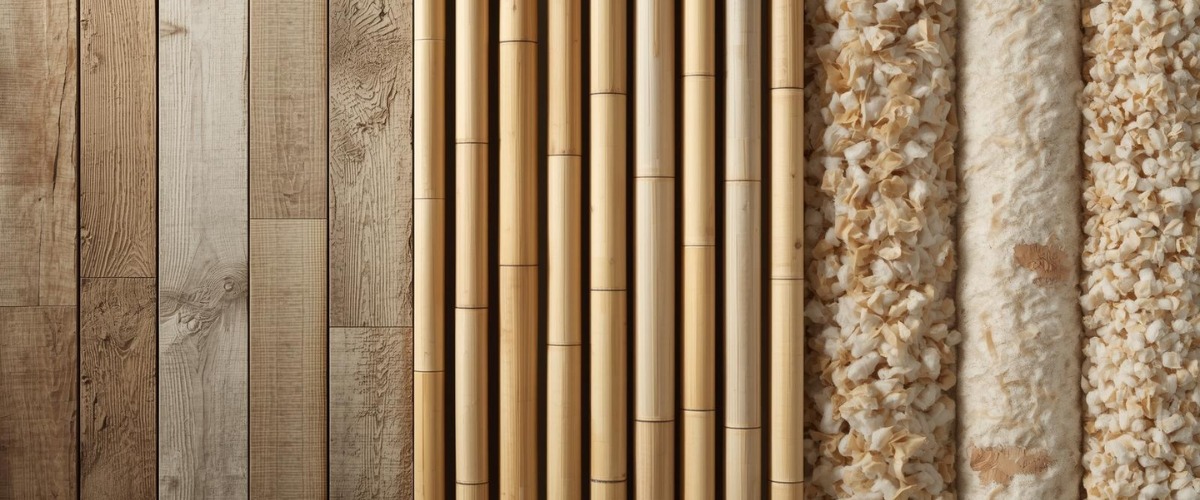Building Materials Industries

Green building materials have turned out to be a game-changer for corporate real estate portfolios. As sustainability rapidly secures the top spot on international agendas, these materials afford companies an opportunity to reduce environmental impact, cut costs, and increase asset value.
This blog unpacks the transformative impact of green building materials on corporate real estate, giving insight into key benefits, trends, and strategic imperatives for business leadership.
ALSO READ: Smart Growth: Business Development Strategies for the Connected Factory
The Rise of Green Building Materials in Corporate Real Estate
The adoption of green building materials is accelerating as corporations commit to ESG goals. High-performance insulation, recycled content, sustainably sourced wood, low-emission paints, and energy-efficient glazing systems are some of these materials that together go a long way toward improving operational efficiency and enhancing occupant well-being in a building.
In corporate real estate portfolios where green building materials are integrated, energy and water consumption is reduced, often by 20-50%. This efficiency directly translates into higher net operating incomes and faster payback times on initial investments.
Financial and Strategic Benefits for Business Leaders
Green building materials increase property values and rental premiums. A study indicated that green-certified commercial properties command a premium of 10-15% for rent and attain superior asset appreciation compared to traditional buildings. This represents growing demand by tenants focusing on sustainability and corporate responsibility.
Beyond the financial metrics, green buildings create healthier indoor environments that have been demonstrated to increase employee productivity and satisfaction. Business leaders understand these benefits translate into bottom-line operational advantages, such as reduced absenteeism and increased talent retention.
Besides, green materials contribute to a company’s portfolio through meeting the most extensive regulatory requirements, gaining tax incentives and grants, and even fast-tracking permitting processes, all related to better project feasibility with reduced long-term risks.
Trends Driving Adoption and Innovation
Increasingly, corporate real estate stakeholders are favoring the following.
Sustainable Sourcing: Prioritizing materials with verified low environmental footprints and durability
Circular Economy Practices: This involves utilizing recycled and recyclable materials to reduce landfill waste
Smart Building Integrations: Coupling green materials with building automation systems for real-time energy management
Green Certification: LEED, WELL, and BREEAM ratings are pursued to strengthen brand reputation and stakeholder confidence
Leading companies are also investigating new bio-based and carbon-sequestering building materials to further reduce embodied carbon in their portfolios.
A Strategic Imperative for Corporate Real Estate
Green building materials represent one of the most strategic assets that corporate owners can leverage within modern real estate management. By integrating these innovative materials, business leaders will be better positioned to create resilient portfolios, realize financial premiums, enhance workplace environments, and meet international sustainability imperatives. The transformation driven by green building materials signifies a competitive edge in the corporate real estate portfolios that are all set to meet the demand of a growing conscious market.
Tags:
Building Materials IndustriesAuthor - Samita Nayak
Samita Nayak is a content writer working at Anteriad. She writes about business, technology, HR, marketing, cryptocurrency, and sales. When not writing, she can usually be found reading a book, watching movies, or spending far too much time with her Golden Retriever.


